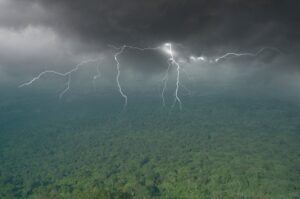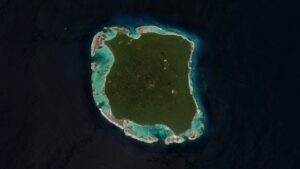Sometimes technology allows humans to transcend our feeble senses and see the world in ways we never imagined.
Time-lapse photography of modern nature documentaries allows us to witness the fevered intentions of slow-moving plants and animals. Higher up, drones show us the breathtaking patterns and majesty of natural landscapes.
And now, a computer simulation compresses 100 million years of continental creep into 20 seconds of global evolution.
Australian and French scientists worked together to create a detailed geological model of Earth’s surface changes, which they published in the journal Science on March 2.
The project brought together a team from the University of Sydney with scientists at the French National Center for Scientific Research, ENS Paris university, University of Grenoble and University of Lyon.
Unprecedented detail
“Ours is the first dynamic model – a computer simulation – of the past 100 million years at a high resolution down to 10 kilometers,” Tristan Salles of the University of Sydney wrote for The Conversation. “In unprecedented detail, it reveals how Earth’s surface has changed over time.”
The model is broken into frames of a million years and based on a framework that incorporates plate tectonics and climatic forces. It also accounts for surface forces like earthquakes, weathering, and changing rivers, Salles said.
It took three years to produce the model, which found several inconsistencies between existing observations of rock layers and predictions of how those layers would move.
That means it could be useful for testing and refining reconstructions of past landscapes, Salles added. The model reveals greater detail about how Earth’s changing surface has impacted the movement of mountaintops and ocean basins, regulating the carbon cycle and climate over millions of years.
“As we explore these results in tandem with the geological record, we will be able to answer long-standing questions about various crucial features of the Earth system –- including the way our planet cycles nutrients, and has given rise to life as we know it,” wrote Salles.
If nothing else, the model proves why the International Union of Soil Sciences calls dirt “The Living Skin of Planet Earth.”






